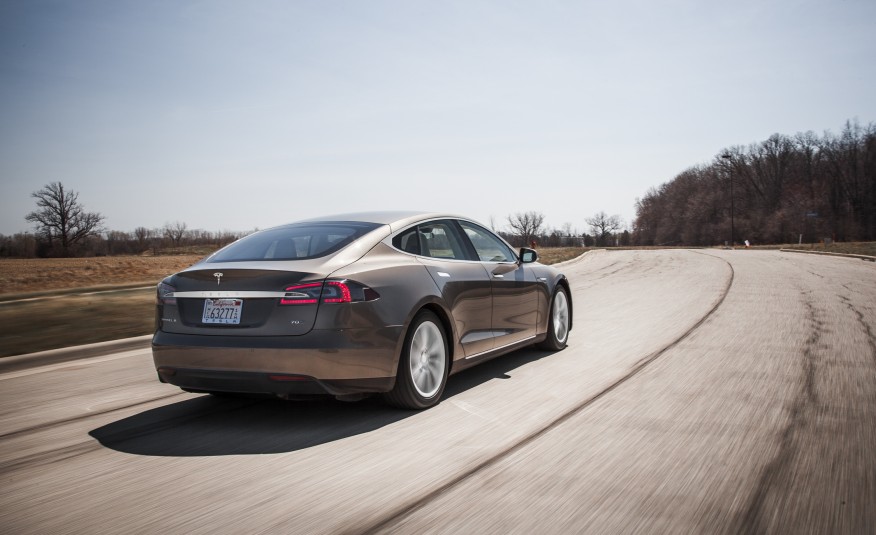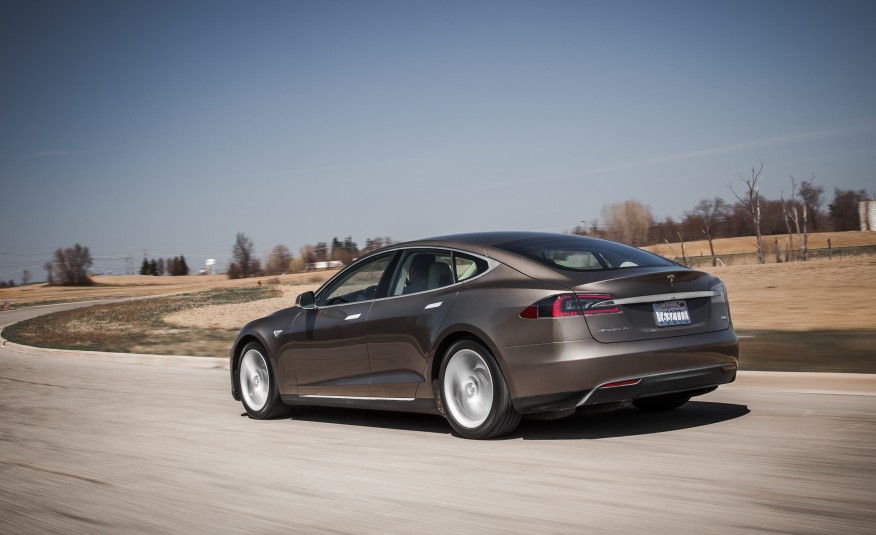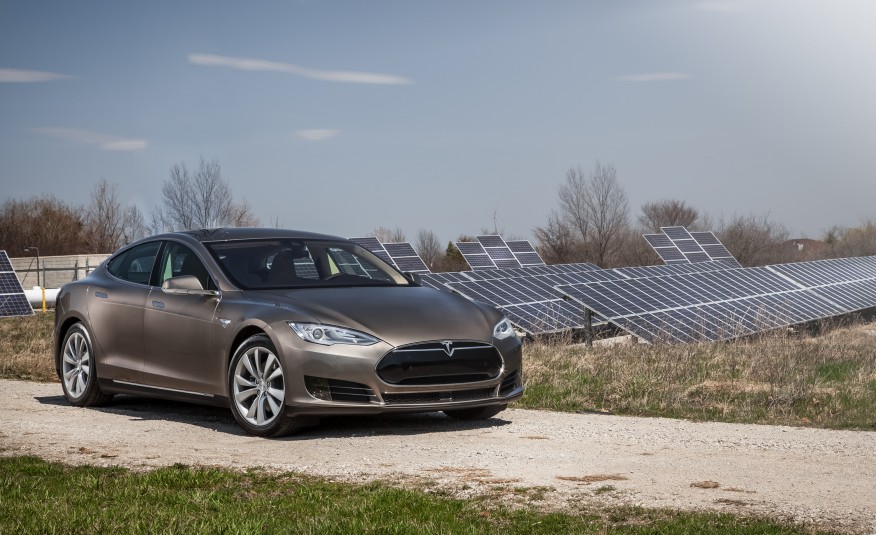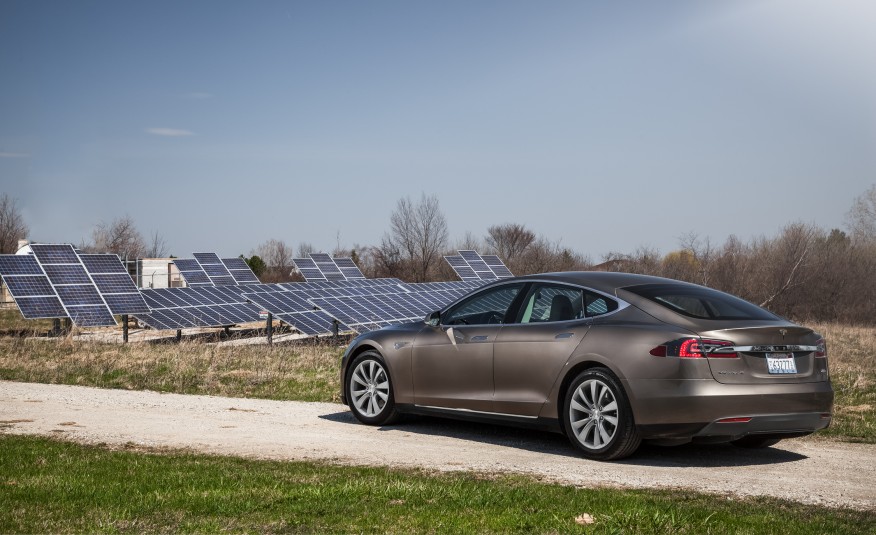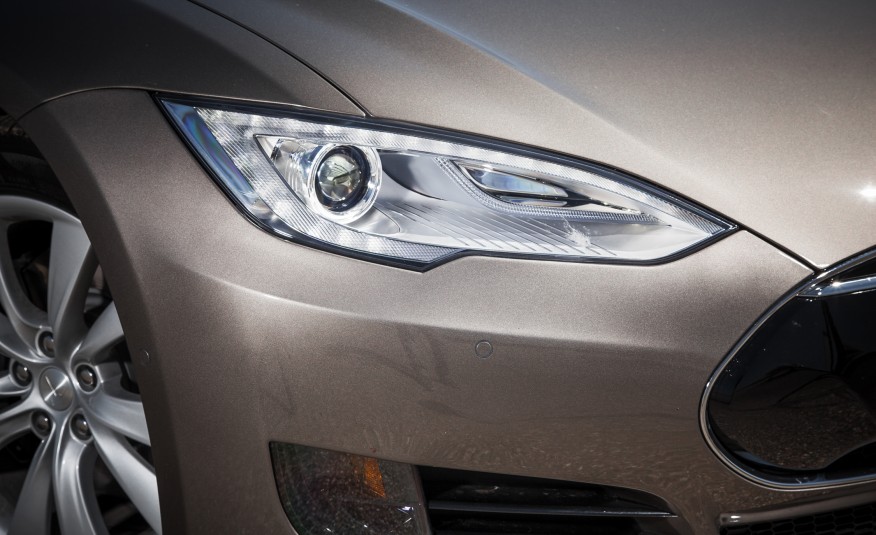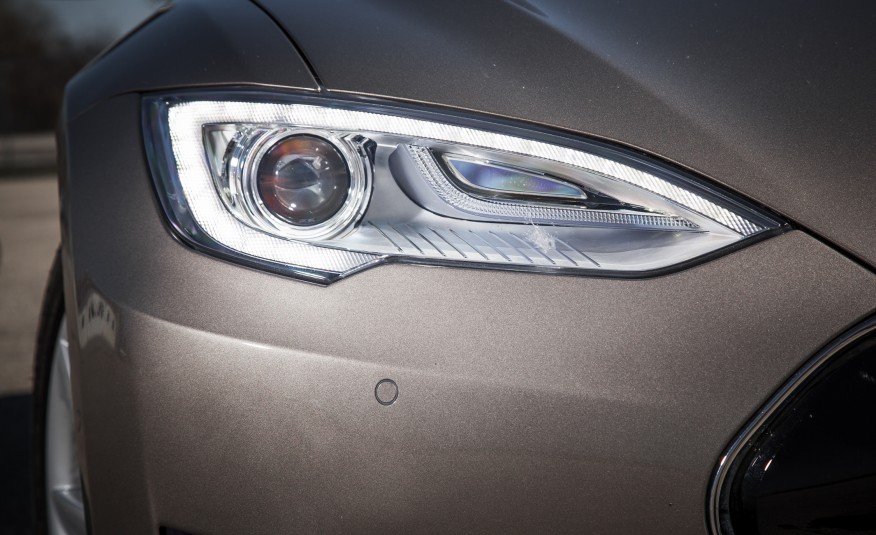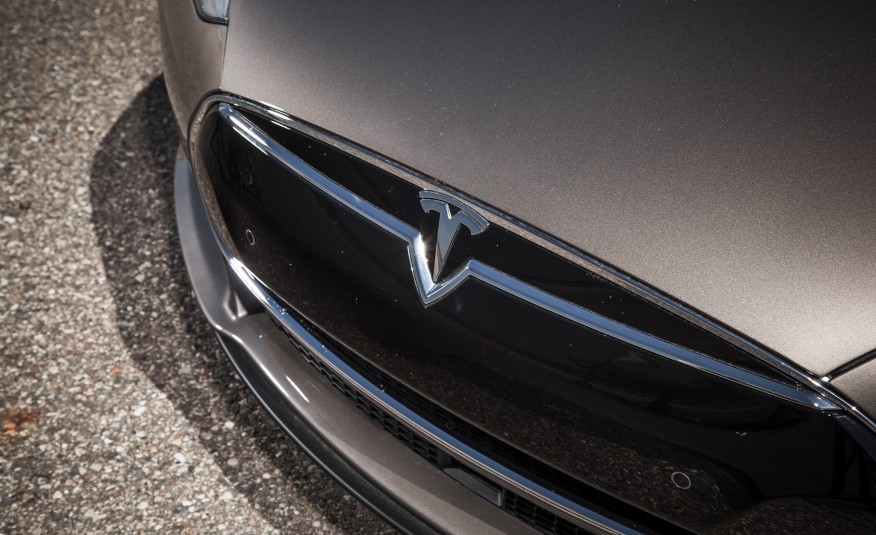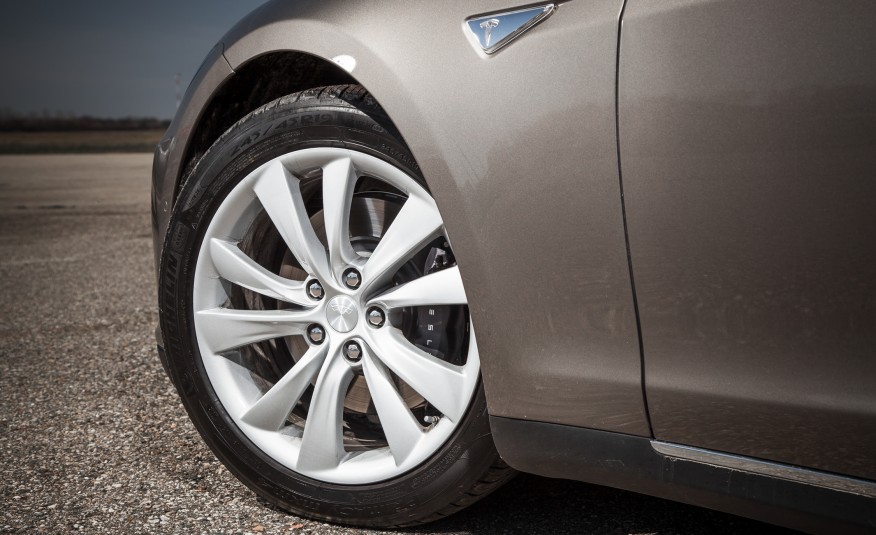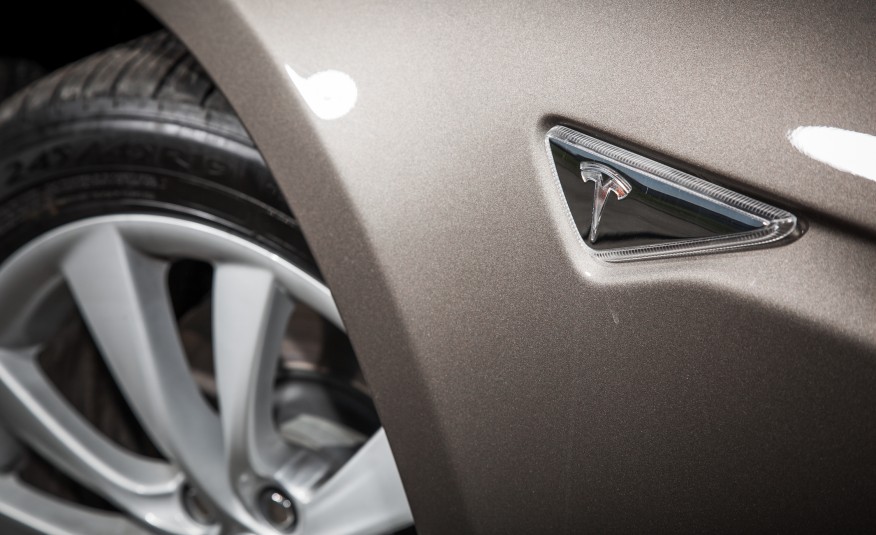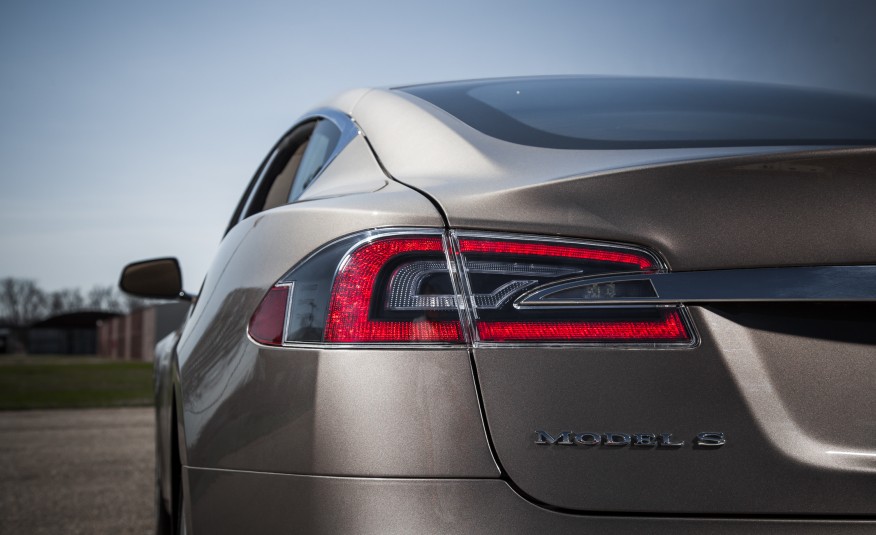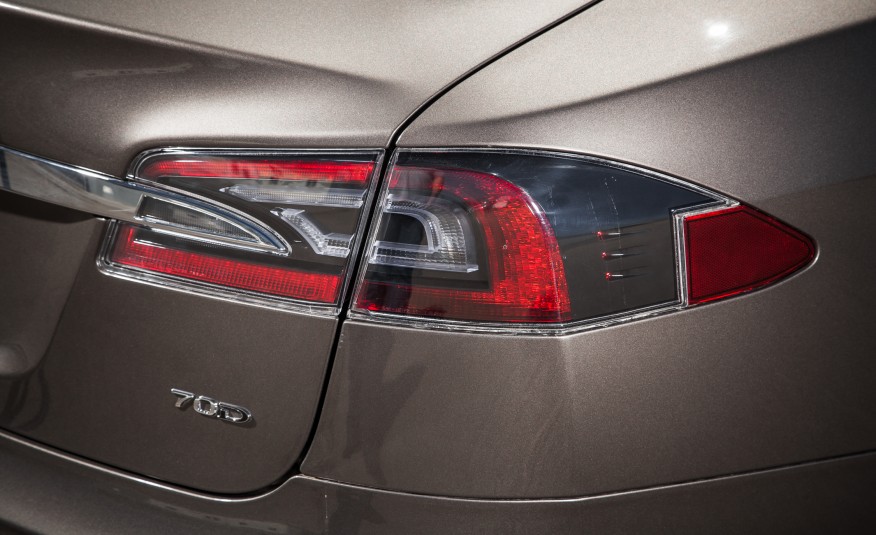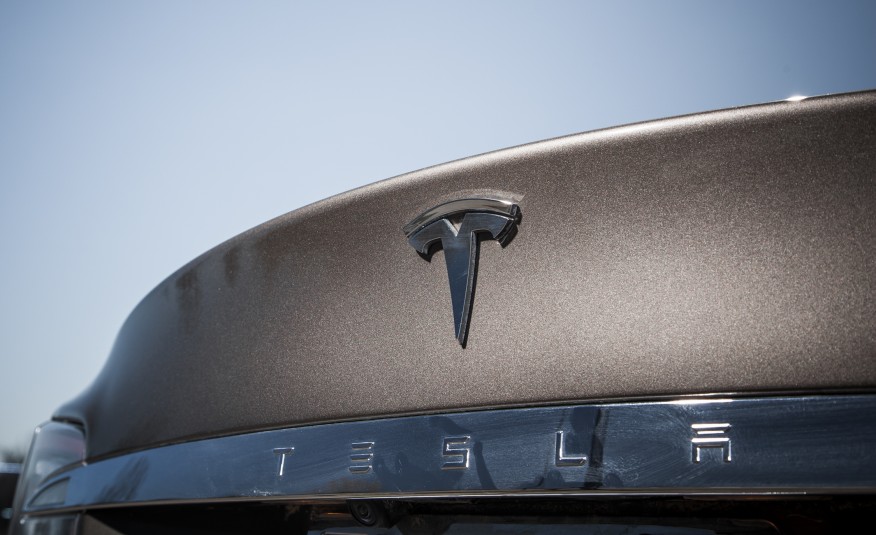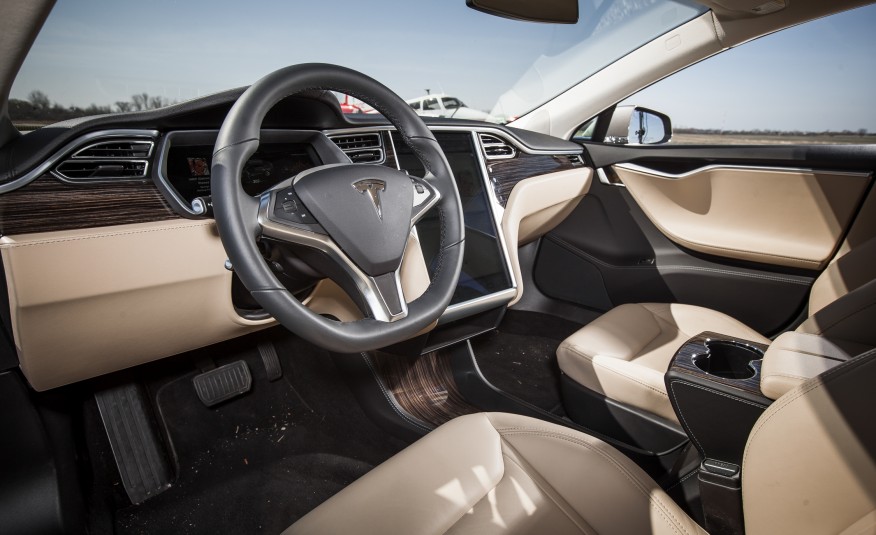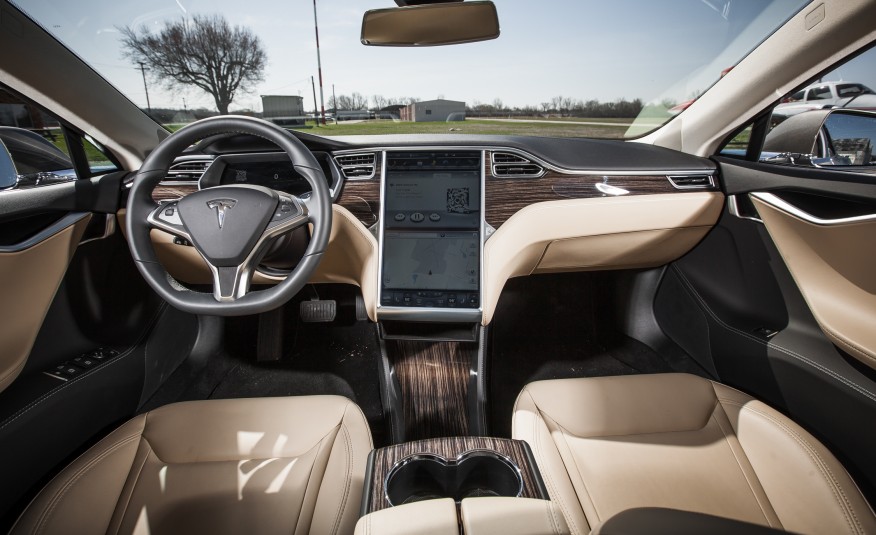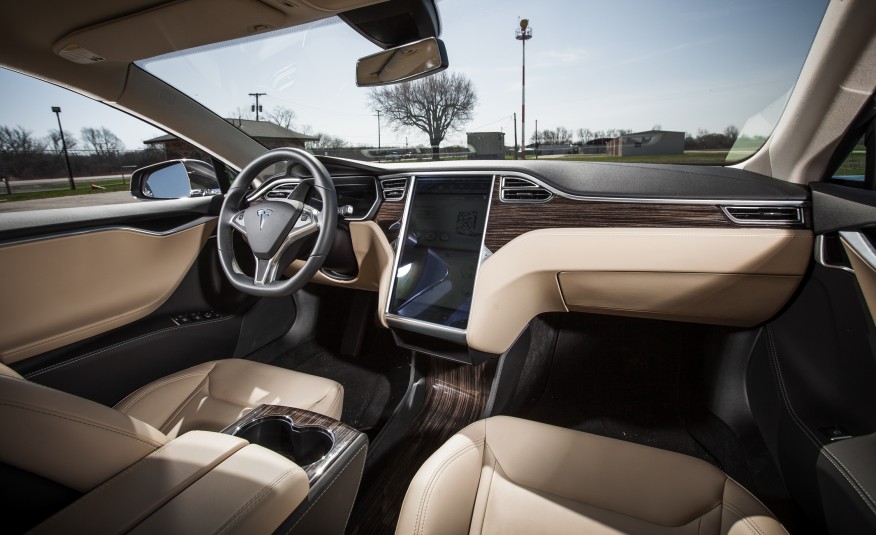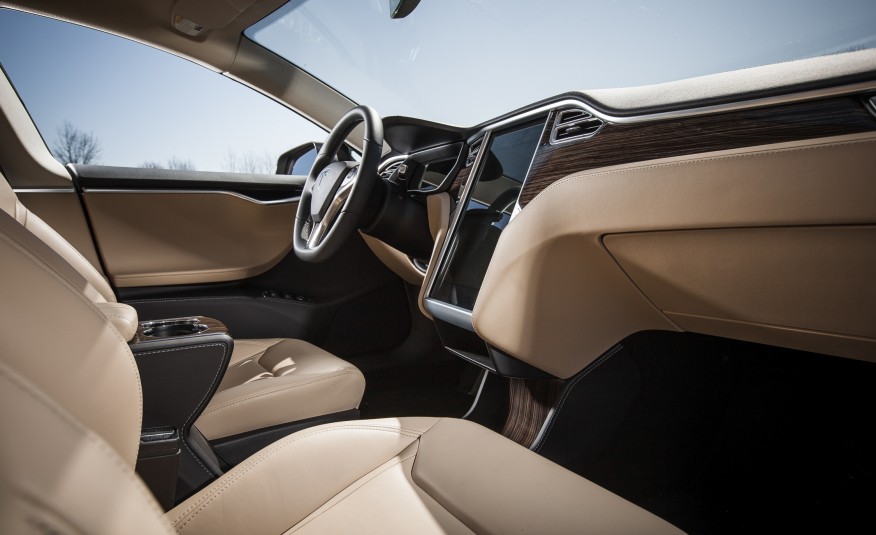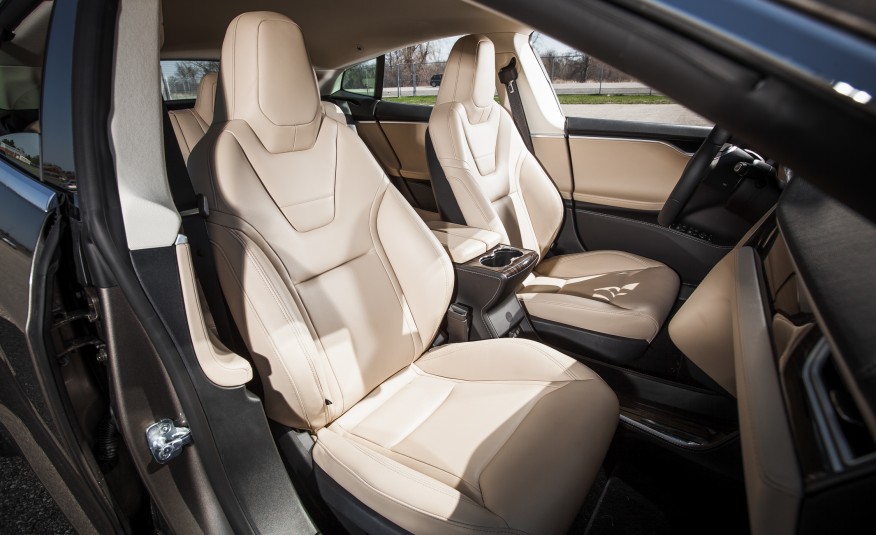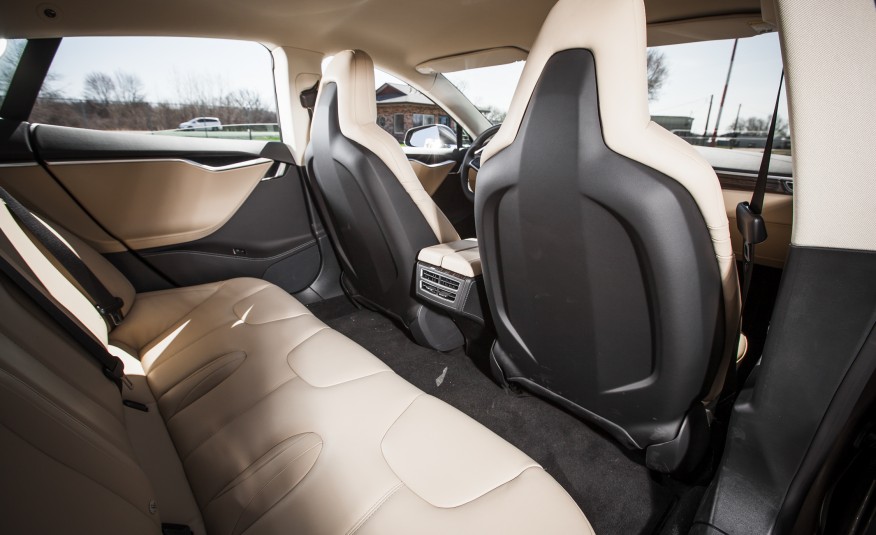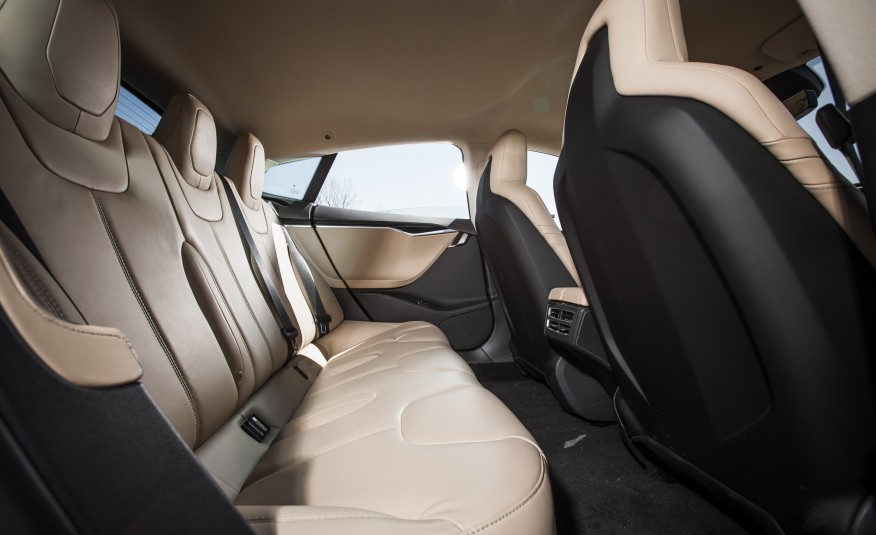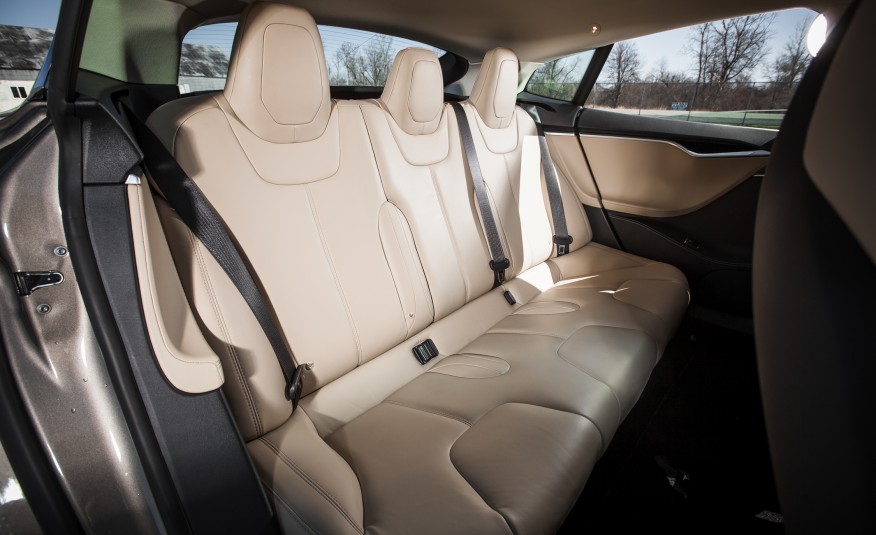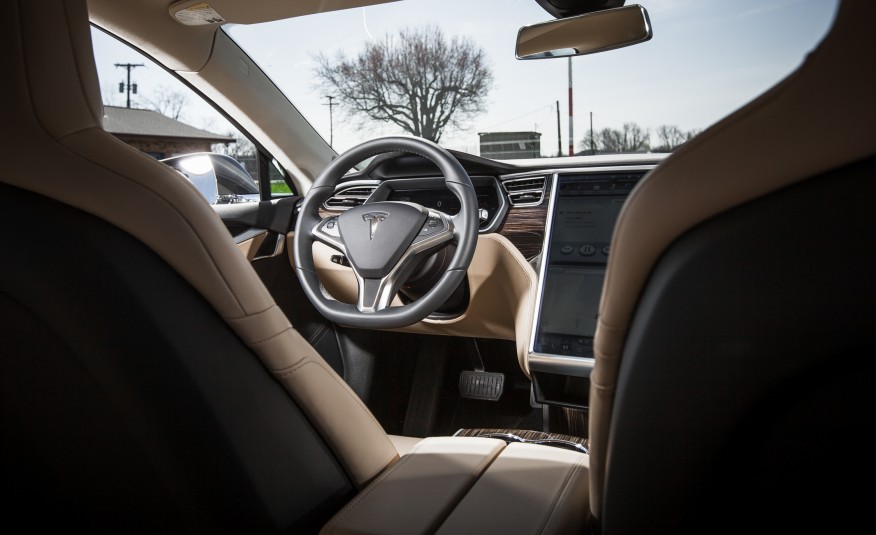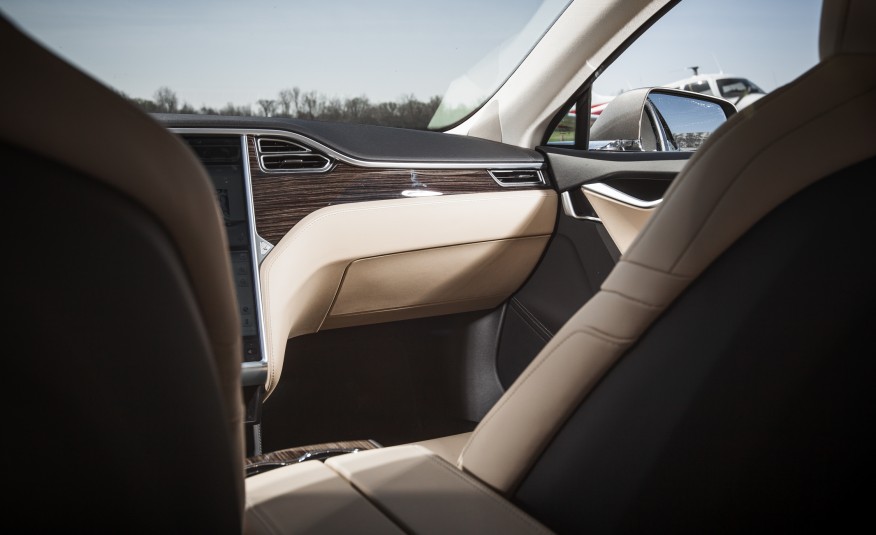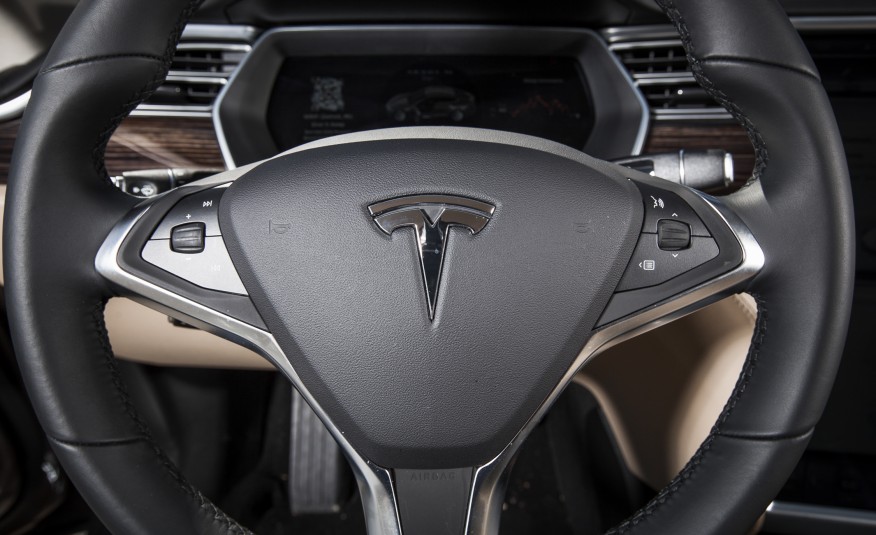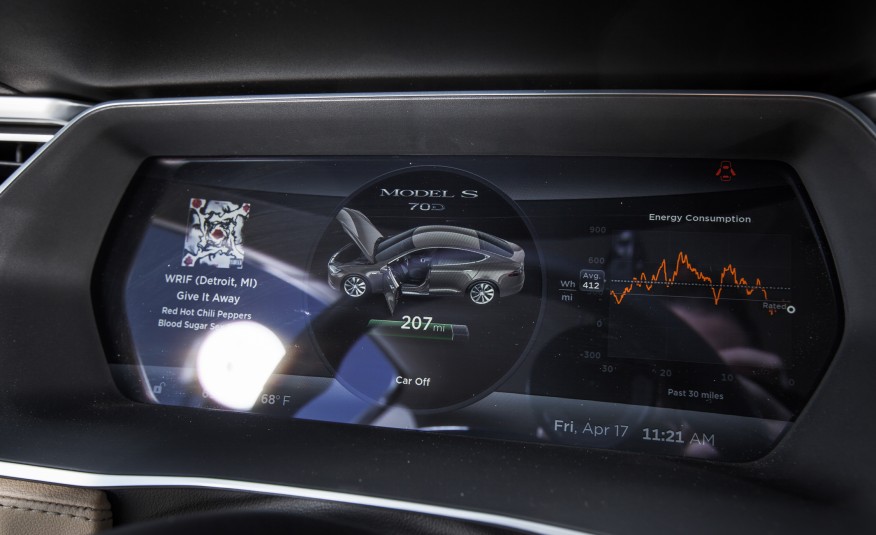The car of the century, now updated with more power and AWD.
Instrumented Test
Tesla made history with the introduction of its Model S sports sedan two-plus years ago, prompting approbation from car critics far and wide. This was the breakthrough electric car the world had seemingly been waiting for, offering attractive design, a remarkable interior, and entertaining performance. The price—starting at about $60,000 before the $7500 federal kickback—was far beyond the average household’s reach, and range anxiety will always be a concern for any pure electric, but the S was a refreshing interpretation of just how super a modern super-sedan could be.
The recent expansion of the lineup to provide four distinct Model S, er, models warrants an award grander than the 10Best Cars recognition we bestowed upon the S earlier this year: our nomination for “Car of the 21st Century” honors. Combining the aforementioned virtues with significant new features and a modest increase in price makes the Tesla Model S 70D reviewed here the new ultimate in four-door sedan engineering and technology. It’s worth noting that the 70D replaces the Model S 60 that picked up our 10Best accolade as the entry-level version. “D” signifies dual-motor all-wheel drive; the only RWD Model S available now is the 85.
The 70D Rundown
As with the rest of its Model S lineup mates, the 70D has mostly aluminum body and chassis construction, a battery pack built into the floor, comfortable seating for five (or up to seven with the optional jump seats), and attractive interior and exterior design. The huge, 17-inch touch screen providing navigation, entertainment, and car information and control functionality still smiles congenially from the center of the dash.
The big news here is a pair of 257-hp (Tesla’s before-the-transmission rating, the post-gearbox rating is 329 combined horsepower) AC motors driving all four wheels and a base price of $76,200 before federal tax credits. A 70-kWh battery provides an EPA-rated 240-mile driving range; your results will vary. Compared with the Signature Performance (P85) rear-driver we tested more than two years ago, the new 70D is 177 pounds lighter and delivers slightly poorer accelerating, braking, and cornering performance. That said, it consumed less energy, achieved a higher top speed, and is a bit quieter during acceleration and cruising. A major plus is the extra confidence in adverse weather conditions provided by the 70D’s all-wheel drive. (It improves in nearly all areas save for weight versus the now-defunct, rear-drive Model S 60 we tested.)
Nearly 10 percent of our test car’s $83,950 bottom line was attributable to optional embellishments: 19-inch wheels and tires ($2500), nicer seats ($2500), metallic paint ($1000), special wood interior trim ($750), and a cold-weather package ($1000).
Crunching the Numbers
Comparing this 70D to Mercedes-Benz’s shot at world’s-best-sedan honors—the S550 S-class—is revealing. In rear-drive form, the Mercedes has a slight edge in acceleration and braking. The Tesla ties in cornering grip and wins in top speed. The S550 provides more passenger room but with a less hospitable center-rear seating position and only about 45 percent of the Model S’s cargo space, which is divided between front and rear trunks. The greatest difference between these epic rivals is price: The base S550 costs $95,325 and crowds $100K with 4MATIC all-wheel drive, versus $83,950 (again, before state and federal rebates) for the Model S 70D tested here. Of course, the money you’ll likely need to invest upgrading your home and/or office wiring for the fastest battery charging narrows the Tesla’s dollar advantage.
Nearly everyone who taps the accelerator in any Tesla Model S to enjoy the amusement-park surge becomes an instant electric-car convert. In raw numbers, this is the ability to jump from 30 to 50 mph in two seconds flat, and from 50 to 70 in 3.1 seconds with neither hesitation nor a gearchange (the 449-hp RWD Mercedes S550 achieves these tasks in 2.9 and 3.4 seconds). Then the reality sets in. To fully embrace any electric car, some lifestyle rearranging is necessary. Spur-of-the-moment trips are unwise. The next plug-in opportunity is always at the forefront of your consciousness. Speeding up when you’re running late may force an unplanned stop for a jolt of juice.
We noted a couple of unusual anomalies during testing. One was an odd momentary shudder at the rear axle when the 70D was shifted from park to drive. This was quite noticeable from outside the car, although barely detectable at the driver’s seat.
And while two-direction acceleration runs have been standard operating procedure at Car and Driver for ages, Teslas respond with utmost hesitation to such sustained draw of their electrical energy reserves. After the first full run from rest to a velocity of more than 100 mph, the driver’s kW meter displays a dashed line, indicating that a lengthy cool-down period is needed before the return run. (To achieve the test results reported here, we gave the car adequate opportunity to cool). Our suspicion is that this is a protective measure aimed at limiting the temperature rise in the motor, controller, and battery systems.
Logging 630 miles and conducting performance tests in this 70D required 14 plug connections versus three or four stops at the pump for the most fuel-thirsty luxury sedan driven the same distance. In exchange for the loss of convenience, you do reap substantial savings in operating costs. We spent less than $30 for the Tesla’s electricity versus the $100 in premium gasoline a conventional luxury sedan would have consumed driving 630 miles.
A Driving Experience to Rival the Best
In keeping with its premium-sedan aspirations, the 70D’s dynamic comportment is excellent. Except for a slightly clumpy response to expansion joints and potholes, the ride is well composed. The steering is slightly numb on-center, but heft builds rapidly and satisfyingly a few degrees of lock into any maneuver. There’s more than enough tire grip and body control to attack back roads like a 16-year-old with a fresh driver’s license. Thanks to aggressive energy-regeneration calibration, you drive the 70D mainly with the accelerator in traffic, with no more than occasional use of the brake pedal.
Because there is no combustion thrum, the Model S soundtrack has a few distinctive subroutines. Now and then you hear electric-motor whine mixed with a touch of gear noise and tire-tread whir. There’s a pleasant wind rustle over the side glass at 100 mph. Because the cabin din is subdued, polite conversation can continue well into the felonious-velocity range.
A low beltline and well-designed roof pillars yield good visibility except for a blockage created by the center rear-seat passenger’s fixed headrest. Although folding the back seat can eliminate that impediment, doing so adds to the rear-axle tire noise entering the interior via the open hatchback area.
Like every important stride forward, appreciating the Tesla Model S demands some soul searching. Are you an early adopter anxious to experience the future ahead of the crowd? Are you willing to make a few modest sacrifices to prove your concern for the environment? Do you live to embarrass Corvettes and Mustangs at stoplights? Are you convinced that Nikola Tesla was far ahead of his time in espousing AC electricity? Score high in this quiz and you’ve earned the right to sign up for a Tesla Model S 70D test drive of your own.
By: Don Sherman via Car and Driver
Photography: Michael Simari













